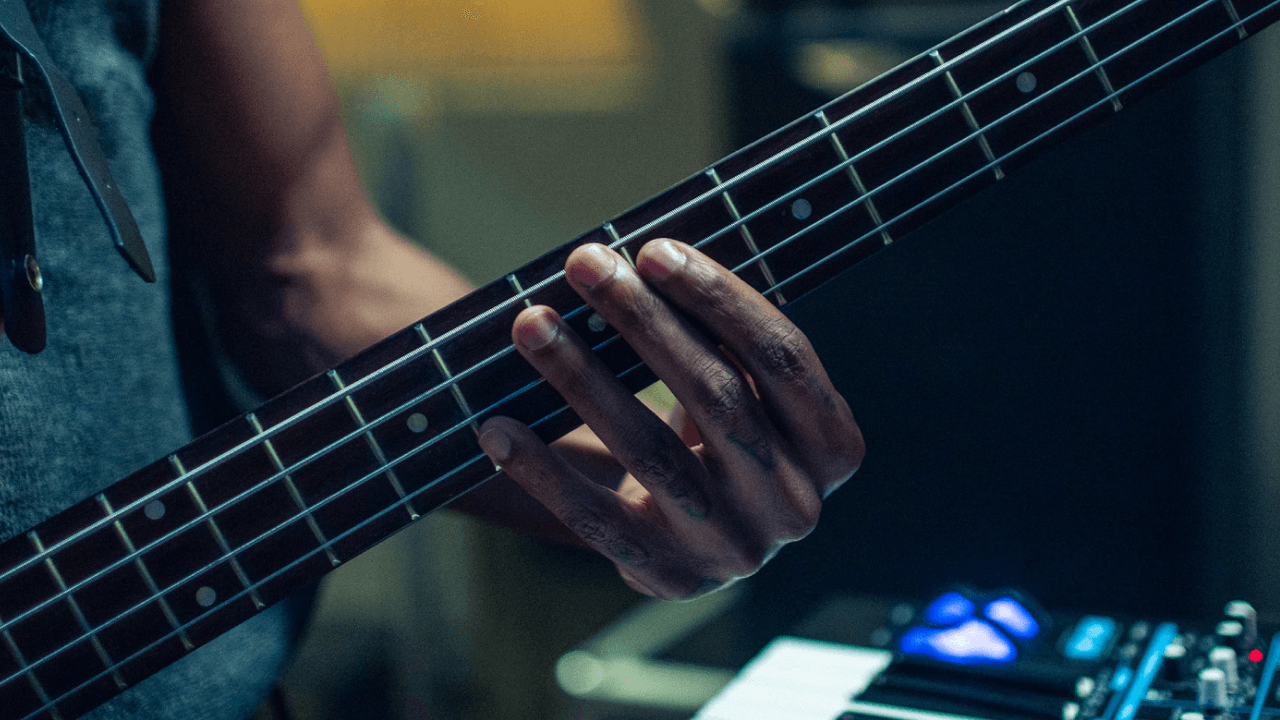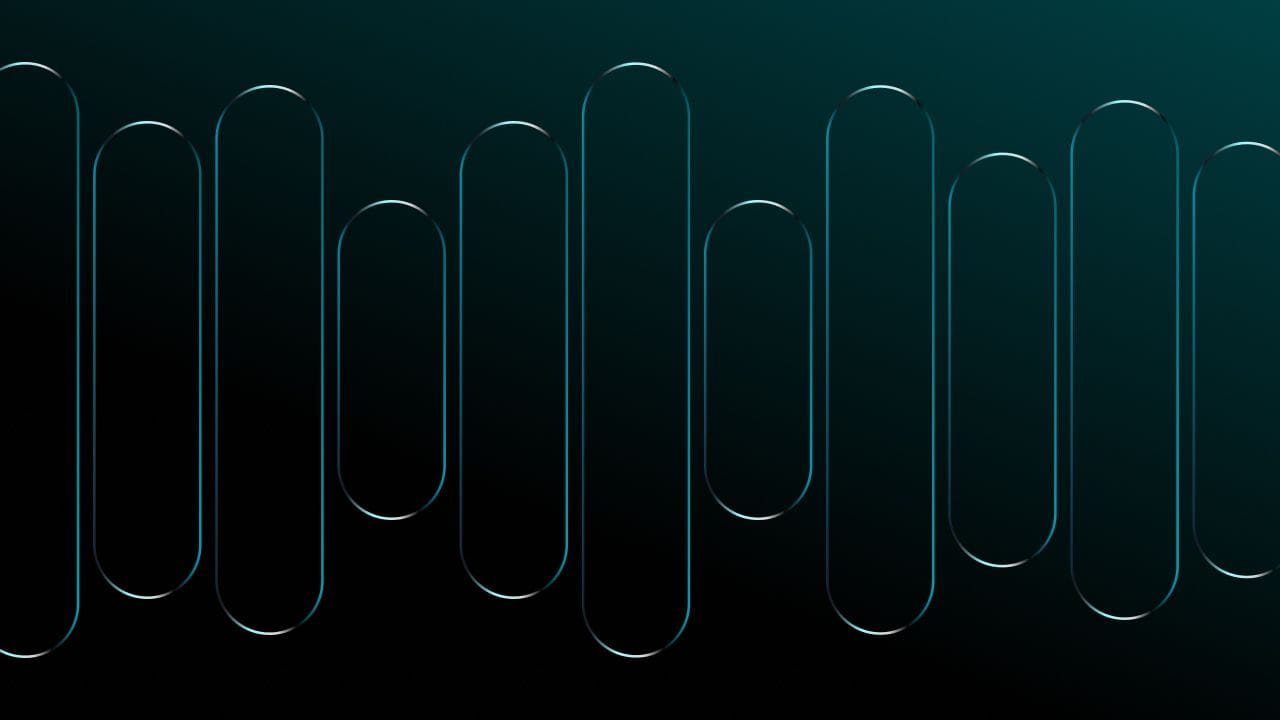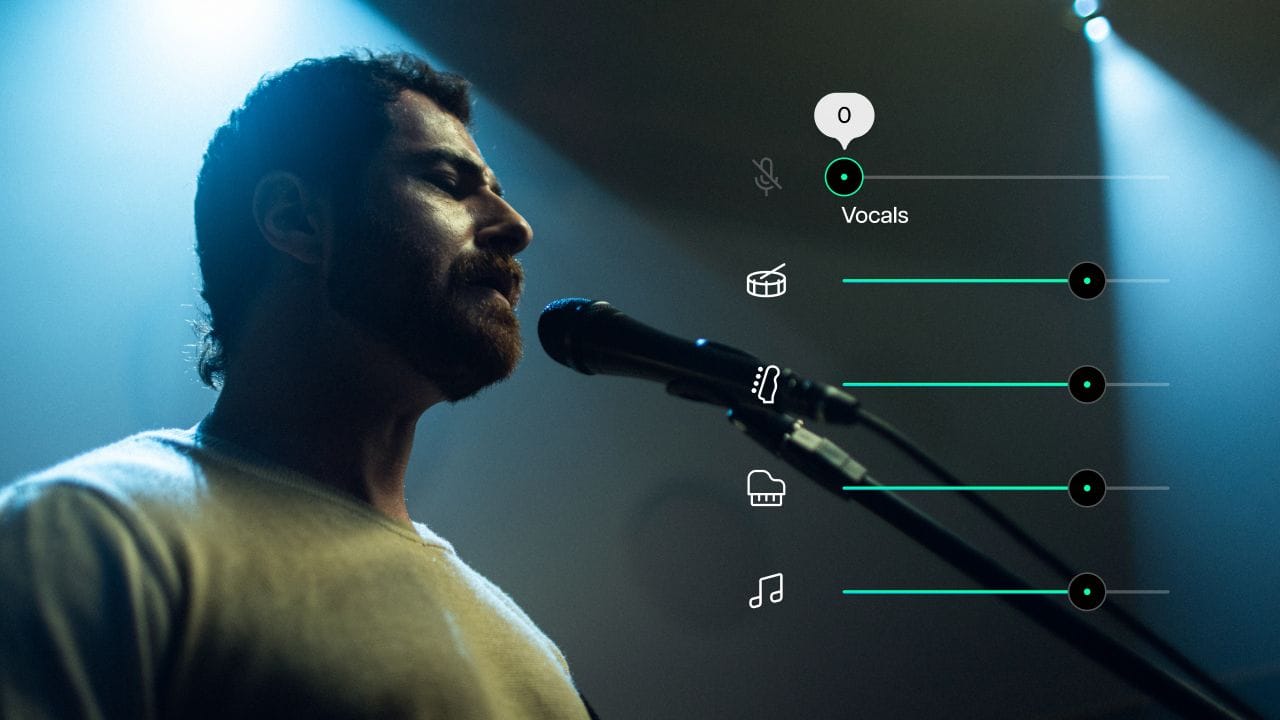Few instruments are as exciting or challenging to play as the electric guitar. However, whether new to the instrument or fairly comfortable at fingering the fretboard, guitarists are always looking to find new sources of inspiration that will take their playing to the next level. If you’re ready for the challenge to become a better player, you’re going to need to master finger placement, accurate picking, and an array of bending, sliding, and tapping techniques with speed and dexterity. To get started, here are 7 advanced electric guitar techniques alongside motivational videos to help you learn, practice, and make your guitar sing!
1. Alternate Picking
Electric guitarists are always seeking to improve their speed and precision, and alternate picking is an essential technique to help you achieve that. Rather than relying solely on downstrokes or upstrokes, alternate picking allows you to play the instrument at a higher tempo by using your pick to play notes that alternate between the two. Maintaining a steady rhythm is crucial for playing complex guitar passages smoothly, and alternate picking allows you to minimize the distance your hand needs to move, resulting in faster and more accurate playing. In this video, one of the world’s most sought after guitar instructors, Steve Stine, offers his tips to help you master alternate picking the easy way.
2. Hybrid Picking
Hybrid picking involves using both a pick and one or more fingers to pluck the strings, enabling you to play more intricate patterns and achieve expressive, dynamic playing. Notes played with a pick are typically brighter and possess more attack, whereas those played with your fingers have a warmer, woodier tone. Hybrid picking therefore broadens your tonal palette, facilitating a more intricate and varied playing style. Another benefit of hybrid picking is that by using multiple digits instead of the pick alone, playing fast transitions between strings and notes will automatically increase your speed. In the following video, guitarist, teacher, and session musician Darryl Syms takes you through some hybrid picking exercises.
3. String Skipping
Here’s another exercise to test your technique – string skipping! Whether picking or plucking, this advanced electric guitar technique sees the player intentionally skipping over one or more strings. Why would you want to do that? Well most melodic guitar phrases are traditionally based on small intervals, using adjacent strings that move fret by fret and string by string. The string skipping method allows you to introduce larger intervals into your guitar melodies, helping you to create more intricate riffs, licks, and solos for a more dynamic and arresting sound. In the video below, award-winning Austrian guitar player, Bernth, demonstrates some string skipping exercises for you to practice.
4. Sweep Picking
Ready to up the ante? One of the most intimidating electric guitar techniques is sweep picking. This technique was invented and popularized by jazz guitarists in the 1950s and refers to the guitarist rapidly sweeping their pick across several muted strings while fretting notes to create fast, fluid passages and arpeggios. The key to sweep picking is synchronization. If you misjudge the timing, you’ll rake across the notes causing a blurred effect that is, basically, no different to strumming a chord. Instead, the picking technique is slightly slowed, sweeping across the strings while the fretting hand plays a series of notes. Performed in a single fluid motion, sweep picking requires precise timing and coordination – and lots of practice! Let’s watch Steve Stine illustrate sweep picking in the following video.
5. Economy Picking
So what happens if you combine sweep picking with alternate picking? To recap – alternate picking involves alternating between upstrokes and downstrokes, while sweep picking involves picking adjacent strings in a single fluid motion. Economy picking merges the two to enable a smoother execution of fast passages while reducing the strain on your picking hand for longer practice sessions and performances. Economy picking has been condemned for enforcing a rules-based approach to guitar playing compared to the intuitive acrobatics of alternate picking. However, it’s ultimately about which technique works best for your personal playing style. Here, guitar master Rick Graham, demonstrates how economy picking can transform your technique.
6. Two-Hand Tapping
Our next advanced technique, often referred to as 'shredding' in electric guitar parlance, is commonly associated with the heavy metal and progressive rock genres. Basically, two-hand tapping is the practice of using both hands on the fretboard to pluck or ‘tap out’ notes to create extremely fast, complex, and unconventional guitar solos. For an example of two-hand tapping, look no further than legendary American rock guitarist Eddie Van Halen - hailed for his two-hand tapping guitar solo on the track ‘Eruption’, once voted the second greatest guitar solo by readers of Guitar Magazine. A highly specialized skill that requires considerable dexterity and finger strength, two-hand tapping is likely to push your guitar playing technique to its limits. Watch Don Lappin, Assistant Professor of Guitar at Berklee College of Music, break down his own two-hand tapping technique.
7. Harp or Tapped Harmonics
Related to the two-hand tapping technique, tapped harmonics is another two-handed fret-based playing style based on tapping the neck of the guitar above open or fretted notes. However, unlike two-hand tapping, the objective is to produce a series of bell-like, ethereal harmonic overtones. Tapped harmonics requires the player to use their finger to lightly touch the strings in a bouncing motion before moving their hand away. This technique produces soft, high-pitched, resonant tones - not too dissimilar to the sound of a harp, hence why tapped harmonics is also referred to as ‘harp harmonics’. In this video, German guitarist Manual Gardner Fernandes explores tapped harmonics and demonstrates how to employ them effectively.
Enrich your electric guitar playing practice with Moises’ AI Audio Separation tools
Wherever you are on your guitar-playing journey, we hope that you find our advanced electric guitar techniques useful. If you’re looking to practice the skills discussed here, you’ll find Moises’ AI Audio Separation tools to be an incredibly useful partner. Our app allows you to easily isolate vocals, drums, guitar, bass, keys, and other instruments from any song for enhanced practice, fun, and creative experimentation.
However, building on this already innovative feature, Moises is pushing the boundaries of music technology to redefine what's possible in the realm of guitar learning and production by introducing our Guitar Separation Models. Learning becomes way easier when you have a more detailed understanding of certain elements that are hard to notice in a full mix, and Moises offers two features specifically designed to enhance guitar practice and creativity:
- Acoustic & Electric Guitar Separation: Especially useful when studying tracks where acoustic and electric guitars play different parts or intertwine; this tool is ideal for exploring acoustic and electric guitars' distinct sounds and roles. Isolating the acoustic guitar track allows you to delve into a song’s rhythm and harmony and provides great insights into chord and strumming patterns. In contrast, zooming into the isolated electric guitar is excellent for studying melodies, riffs, techniques, and effects, as well as the instrument’s interaction with the acoustic guitar and the song as a whole.
- Lead & Rhythm Guitar Separation: This model allows you to isolate the lead guitar from the rhythm guitar. By muting the lead guitar, you can clearly hear the chords the rhythm guitarist is playing, helping you to understand fundamental concepts like harmony and progression and focus on the rhythm, groove, and underlying framework of a song. On the other hand, hearing the isolated lead guitar helps you grasp the song’s main melody and any racy solos. You can also pick up on phrasing and techniques used by the lead player and learn their unique style and approach to a song.
Excited? We hope so. Moises AI Audio separation models are available to both Premium and Pro users, with Pro users benefiting from Hi-Fi separation for even higher audio quality, with the ability to export 48kHz/24-bit resolution files in lossless, uncompressed WAV format.
In the meantime, you’ll find that Moises also provides a handy suite of tools for guitarists that go beyond AI Audio Separation. These include the app’s accurate Chord Detection tool, which detects and displays chords instantly and accurately so you can play along to the songs you love and learn every transition and music part hands-free.







